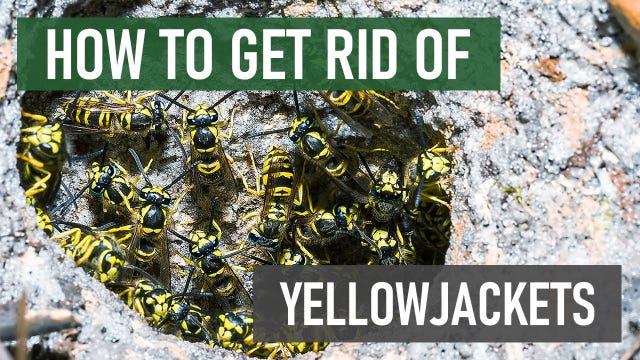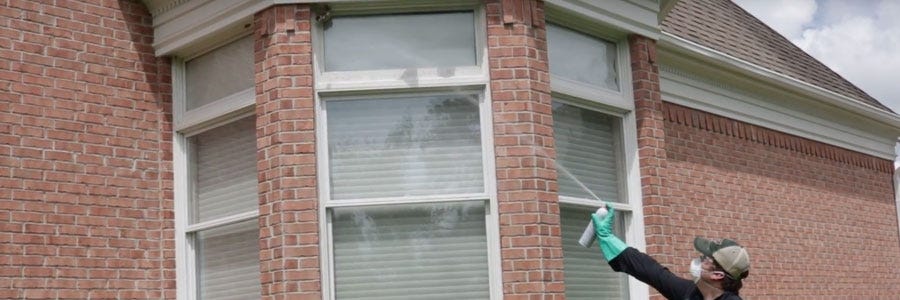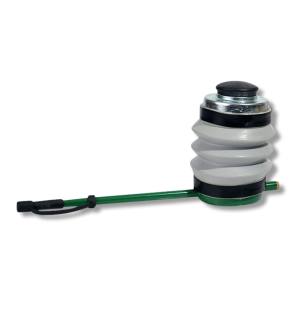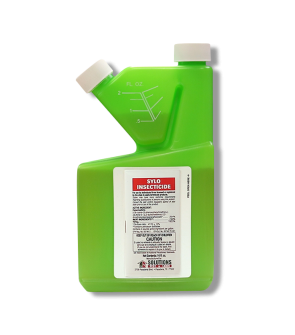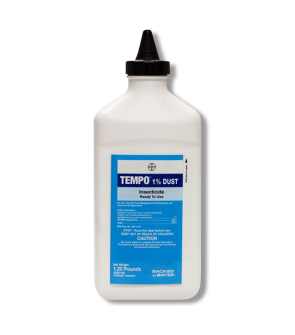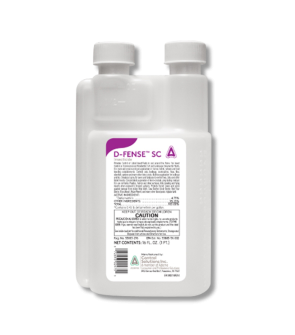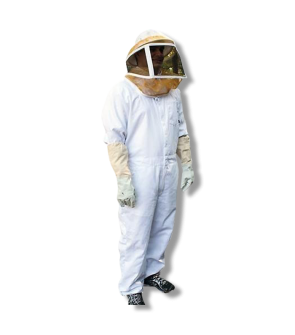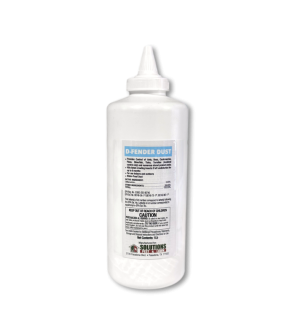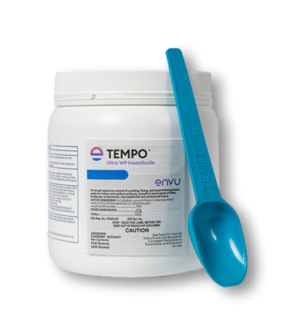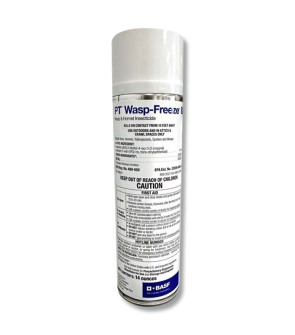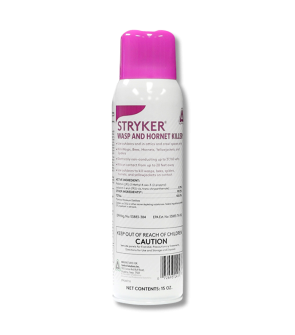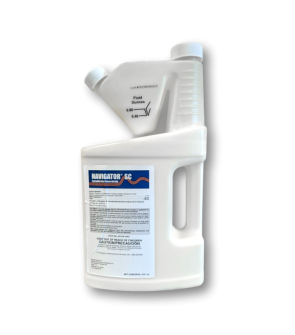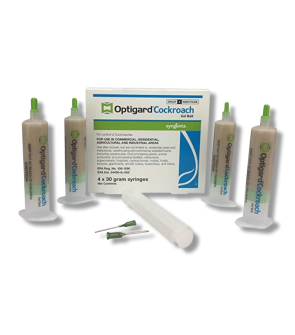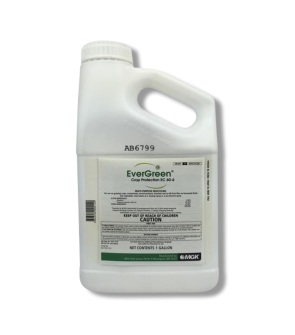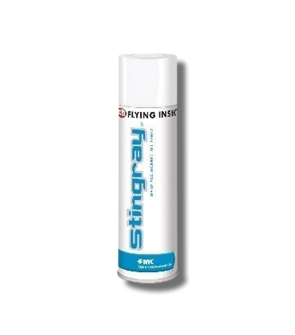Gain access to personalized product screening, the best pricing, rewards, and more!
Most Effective Products
Yellowjacket Control: How to Get Rid of Yellowjackets
Yellowjackets are a common type of flying pest that is most active during the summer and fall months. They are often a threat in residential neighborhoods where they set up nests on or near homes. Their name comes from their abdomen's yellow and black coloration pattern. Like wasps and bees, they have a stinger and will attack aggressively to protect themselves and their nest if they feel threatened.
Yellowjackets are found worldwide, and there are about 16 species that live in the United States. They are social insects and create nests for their colonies. These nests can either be underground or perched up high. Some of the more common spots where yellowjacket nests are built are on bushes, trees, and the eaves of a house. Like wasps, yellowjacket nests are built with chewed-up soft woody material, such as paper.
This aggressive pest can be a literal pain if it happens to nest near your home and begins flying around whenever you are outdoors. If yellowjackets are setting up shop in your yard, it would be wise to implement a control plan to eliminate these uninvited, stinging guests.
Our DIY yellowjacket treatment guide will show you exactly how to wipe out a yellowjacket infestation quickly and affordably. Follow the steps below carefully, using our recommended products, and you will be guaranteed to make your yard a yellowjacket-free zone.
Identification
Before treatment, you will first determine if the pest inhibiting your yard is a yellowjacket. Correctly identifying yellowjacket will help you choose the correct insecticide and treatment plan. Listed below are some of the characteristics associated with yellowjacket control.
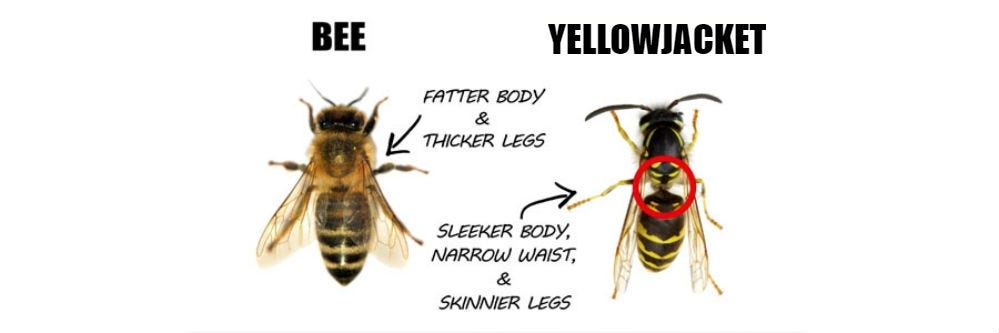
- Yellowjackets have black and yellow body segments and are small in size, ranging from 3/8 to 5/8 inches. Due to their characteristics, they often are mistaken as bees. The best way to distinguish between bees and yellowjackets is that yellowjackets have no hairs and a brighter yellow hue than bees, which are colored more golden brown.
- Body colors are composed of black and bright yellow patterns, from where the name yellowjacket comes.
- Yellowjackets are social, and their nests can be found in various places: from the underside of stairs to wall voids in a building to long hanging branches.
Use the description and image above to help you identify yellow jackets on your property. If you are having trouble, contact us, and one of our pest control experts will help you properly ID the pest and offer product recommendations for control.
Inspection
Give your yard a thorough examination to find out where the yellowjacket nest is and whether there is more than one entry point into the nest. This will be important to note when carrying out the actual application treatment as a nest with multiple openings may come with the possibility that the yellowjackets inside the nest will escape out of a different opening than the one you shoot into and will go on a stinging spree as payback for spraying their nest.

Where To Inspect
Yellowjackets either make their nests in the ground or aerial spaces. If you see a yellowjacket, observe where it travels and where it may disappear, as they may lead you to its nest very well.
Outdoors can be found hanging in wall eaves, siding, fascia boards, soffits, and below rain gutters. Indoors, they may build nests inside chimneys, vents, attics, basements, windows, and crevices.
In the yard, look for their nest in trees, shrubs, branches, woodpiles, yard debris, and leaf litter.
What To Look For
Look for yellowjackets themselves and where they are traveling to. If you find one, observe its flight pattern and follow it back to the nest. Get rid of woodpiles, yard debris, leaf litter, and rocks in the yard. These items could be hiding holes or burrows where wasps and bees nest. Once you have identified their nests, you'll be ready for treatment.
Treatment
Before carrying out any yellowjacket treatment, ensure you are ready for the occasion. Dress in thick clothing or, to ensure the most possible safety, a professional bee suit. Make sure to cover up as much exposed skin as possible, as this will not only help to prevent stings but will also keep you from being overexposed to chemical pesticides that will be sprayed to control yellowjackets and their nests. Thick gloves and safety glasses will also be a good addition.
You will use three products depending on the next location. If the yellowjacket nest is visible and above ground, apply Stryker Wasp and Hornet.
Stryker Wasp and Hornet will reach up to 15 feet away and provide instant knockdown, preventing bees and wasps from attacking. Use D-Fender Dust for below-ground nest applications or in holes and voids.
If you can't find the nest but want to prevent bees or wasps from approaching your property, use Sylo Insecticide to create a protective barrier.
Step 1: Outdoor Treatment with Stryker Wasp and Hornet
Stryker Wasp and Hornet is an aerosol spray that delivers a quick knockdown to yellowjackets and their nests and has a tremendous 20-foot reach when spraying.
Wait until the evening or night when all the bees or wasps are inside the nest. Stryker Wasp and Hornet comes ready to use. Shake, point, and spray.
Spray directly at the nest entrance for 6 to 8 seconds. Drench the whole nest and kill the remaining wasps and bees.
Do not let people or pets near areas until nests are no longer active.
Step 2: Treat Nests or Holes with D-Fender Dust
For yellowjacket nests that are not located high up and instead are lower to the ground or underground, apply D-Fender Dust.
D-Fender Dust is deltamethrin dust and can successfully kill yellow jackets when in contact with it.
Yellow jacket nests can be tucked away in or under bushes, buried underground with a small entrance hole, or located deep inside a wall void of a building or the weep hole of a house. This is when D-Fender Dust can be helpful.
It is best to use a handheld pesticide duster to treat these holes and nest areas for precision and accuracy in getting the dust where you need it to go.
Add D-Fender Dust to a duster at a rate of 1 oz. per 125 sq. ft. or 0.5 lbs. per 1,000 sq. ft.
Lightly squeeze the duster to puff dust directly into nests and holes.
Step 3: Barrier Treatment with Sylo Insecticide
To apply Sylo Insecticide, you will first need to calculate the square footage of the treatment area.
Determine how much Sylo Insecticide to use by measuring the square footage of the treatment area. Do this by measuring the length and width of the treatment area in feet, then multiply them together (length X width = square footage).
Sylo Insecticide can be applied at a rate of 1.3 oz. to 5.1 oz. in a gallon of water.
Spray the foundation of your home three feet up and three feet out from the foundation. Also, spray window frames, door frames, eaves, soffits, rain gutters, and areas where wasps or bees have been seen.
Do not let people or pets enter areas sprayed until completely dried.
Prevention
After removing yellowjackets from your property, you must take preventative measures to ensure they do not return.
- To prevent yellowjackets from forming large colonies in your structure, be diligent about knocking down recently built nests with Stryker Wasp and Hornet. Large infestations happen when small nests go untreated.
- Keep the yard clean of nests by mowing and pruning foliage. Occasionally, sweep the soffits of patios, seal crevices, and crack them with caulk.
- Store all trash and debris in sealed trashcans to limit food sources.
- Drain standing water sources like birdbaths or plant pots after rain.
Key Takeaways
What Are Yellowjackets?
- Yellowjackets are a common wasp type that likes to build nests around residential areas. They are known to be territorial and aggressive attackers.
How to Get Rid of Yellowjackets
- Our top recommendation for treating yellowjackets is to locate the nest and spray Stryker Wasp and Hornet. Sylo Insecticide can be used to create a protective barrier around your home to keep yellowjackets away. D-Fender Dust can control Yellowjacket nests underground, in weep holes or wall voids.
- Remember to be properly dressed for treatment, with long-sleeved clothing or, to be completely safe, a professional beekeeping suit.
Preventing Yellowjackets Reinfestation
- Prevent yellowjackets from returning with regular quarterly applications of Sylo Insecticide and maintaining the yard.






